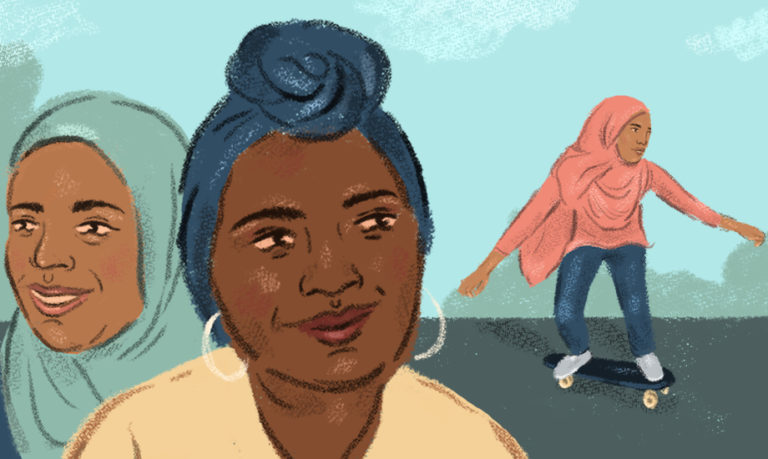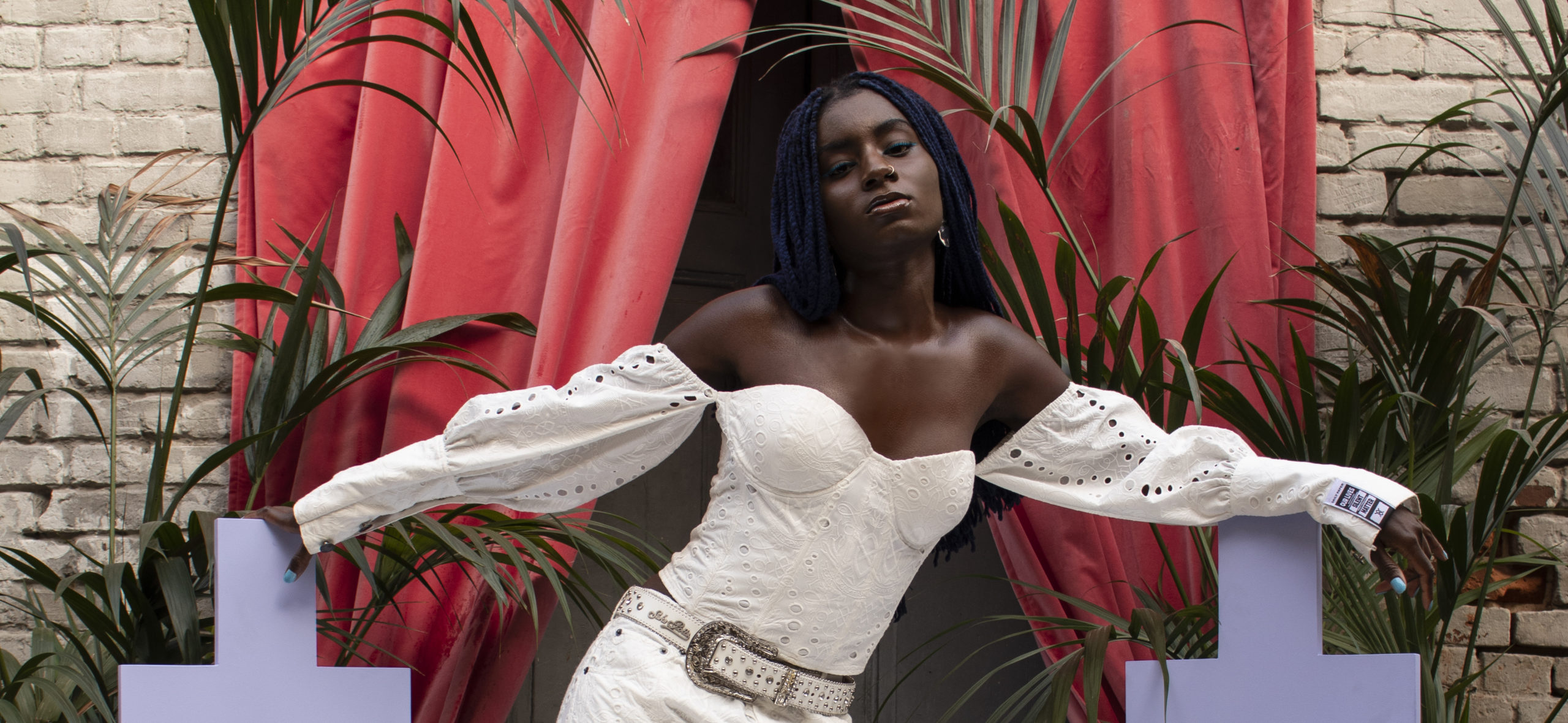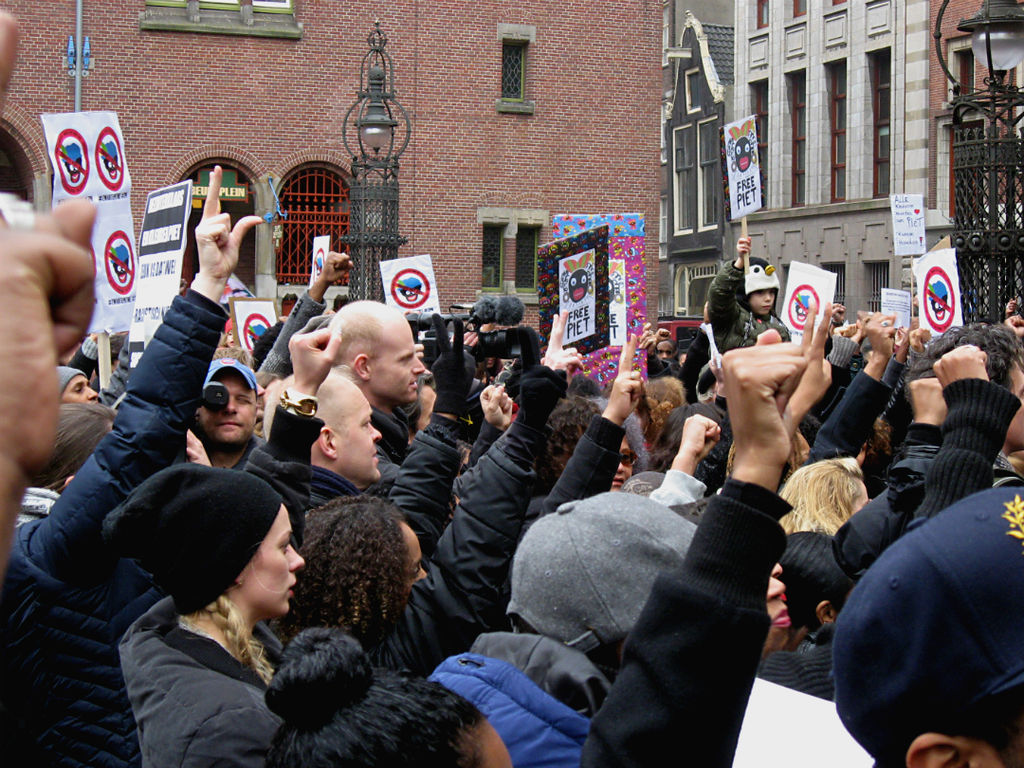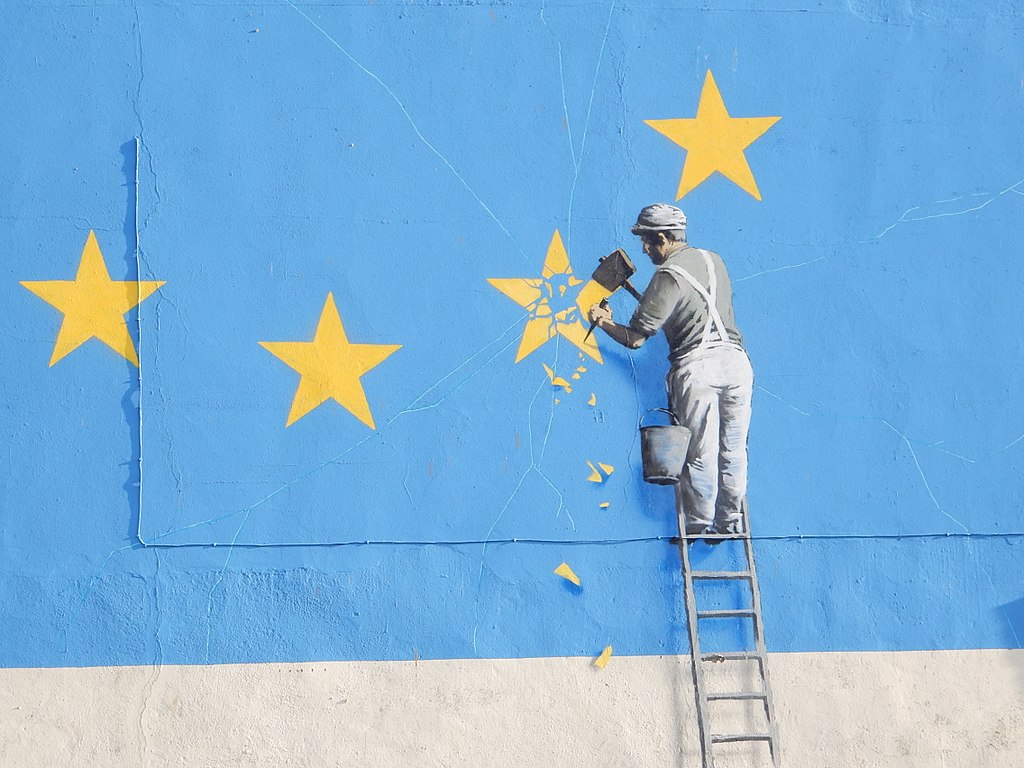Speed skating out of my comfort zone in the Netherlands
Finding confidence on ice has helped me feel more comfortable in unfamiliar spaces.
Nicole Whyte and Editors
26 Jan 2022

Canva
As someone with social anxiety, stepping out of my comfort zone can sometimes feel like inflicting a wound upon myself. On occasion, though, I’ve boldly thrown myself into a new environment for the sake of a new experience.
When I moved from the UK to the Netherlands to study in 2018, I saw adverts for a student speed skating course at my university. I’d always loved any kind of skating as a child, be it on ice or land. Every time I skated, I felt an overwhelming desire to become better at it, but I was never able to focus my efforts long enough to make it happen. So, when some time opened up in my university schedule in 2019, I signed up for the speed skating course without hesitation.
Ice skating originated in Scandinavia around 1000 years ago, but the addition of metal blades that cut into the ice (rather than animal bones that glided over it) is thought to be a Dutch invention. From the 12th century, it was depicted in literature as a popular recreation when waters would freeze over during Scandinavian and Dutch winters.
“I’ve found a new facet of myself”
Speed skating is a competitive style of ice skating that emerged in the mid-19th century, eventually featuring in the 1924 Winter Olympics in Chamonix, France. The skate’s blade is only 1mm thick and about 40cm long to generate maximum speed. The races take place on either a short track, which is 111.12m in length, or a long track, which is 400m long. If you’ve ever been on an athletic track, you’ll know the vastness of 400m as it extends away from you. Now, imagine the track is covered in ice and you’ll understand the scale of the sport.
As I walked towards the outdoor long track, I felt no fear or anxiety at all, only amazement at the biggest rink I’d ever seen and impatience to get on the ice. I soon felt my adrenaline levels fall flat as I walked into the indoor seating area and saw about 75 white people of all ages, busily talking in Dutch. I felt immediately othered. This felt nothing like the Amsterdam I had been living in.
Though there weren’t many black people at my university, there were many people of colour, which gave me a level of comfort. The city is bursting with tourists who communicate in English; many long-term ex-pats never learn Dutch because it’s so easy to get by without it. It seemed in that moment that I had stepped out of Amsterdam and into some remote Dutch village. It gave me the impression that speed skating is so intrinsically Dutch that the language, people, and customs central to the sport functioned as its proud gatekeepers, allowing little interference from others. I was merely a guest in their house.
“I find peace on the ice. Speed skating guarantees my happiness. The straights focus me and the curves challenge me”
This feeling was reaffirmed on a few occasions. On the day of my first session, I wore a long puffer coat and baggy tracksuit bottoms while everyone else wore a short jacket and leggings. I kicked myself for not doing my research and came better prepared for the next class; I refused to stand out for something I could control. The course was taught in the local language and whenever I asked the instructor to kindly repeat the instructions in English, he playfully told me I needed to learn Dutch.
These situations reminded me that I have a lesser claim over the sport I’ve grown to love than my Dutch counterparts. I never skated home from school on the canals. I never made enough mistakes to know which ones to avoid making now. I’m yet to learn what my (rented) skates can and can’t do.
But what I do know is that I find peace on the ice. Speed skating guarantees my happiness. The straights focus me and the curves challenge me. The repetitive motion of skating paired with the flawlessly smooth ice has a healing quality; I find myself in a meditative state every time I skate. With every stride, I’m skating towards a past goal of mine. Although it didn’t feature in my childhood, speed skating represents me as an adult, and that’s pretty special too.
It’s hard to deny my identity as a black woman when I’m the only one on the ice. It saddens me that there aren’t more of us involved, both in the student course and professionally. Erin Jackson and Maame Biney are the only black women who competed for the US at the 2018 Winter Olympics, with both of them making history and becoming the first black women to qualify for their speed skating teams (long track and short track, respectively). It’s hard not to think of them when I skate because they represent me. Their presence assures me that no matter how uncomfortable I might feel on the ice, I’m not alone. Their presence also shows the rest of the world that we are here, in small numbers, but here, nonetheless.
“When I found out these black women competed at Olympic standard, my discomfort on the ice was somewhat eased”
When I found out these black women competed at Olympic standard, my discomfort on the ice was somewhat eased. A cultural connection with the sport is obviously not a prerequisite for taking part, and I viewed the ‘gatekeepers’ a little differently once I knew they weren’t enough to deter black women. My perspective has changed. At times I even feel a little smug while skating, as though I’m disrupting the ice, and I tell myself it’s everyone else who should feel anxious about what I might be capable of.
At 28 years old, I’m past the point where I can consider pursuing a sporting career in speed skating, but this is about so much more. Of course, skating hasn’t always been easy. As an adult, I am hyper-aware of being the racial outlier in a way that I wouldn’t have been as a child. The first time I fell over, I stood on my own finger with the skate’s metal blade as I got back up (thankfully, gloves must be worn on the ice).
Most of all, I’ve had to reconsider my identity to feel more comfortable in an unfamiliar space. But the benefits outweigh the costs; I‘ve found a new challenge, a new form of exercise, a new space to exist in, a new form of therapy, and a new facet of myself. All of the challenges have been worth it to grow a little more as a woman.









